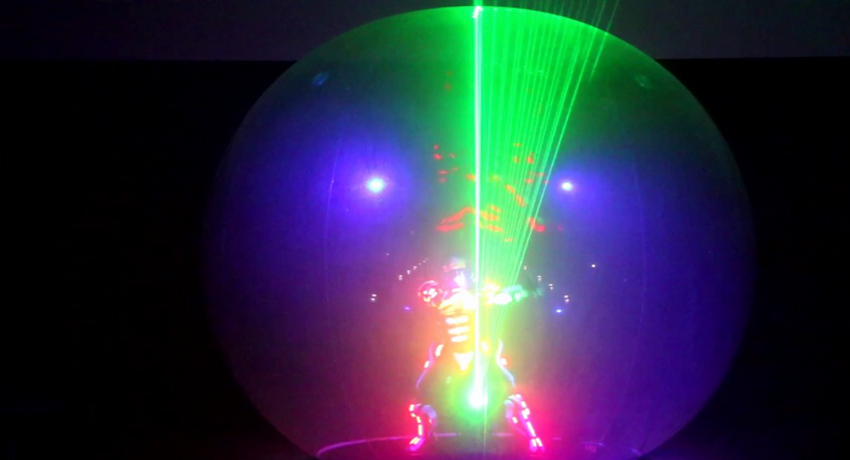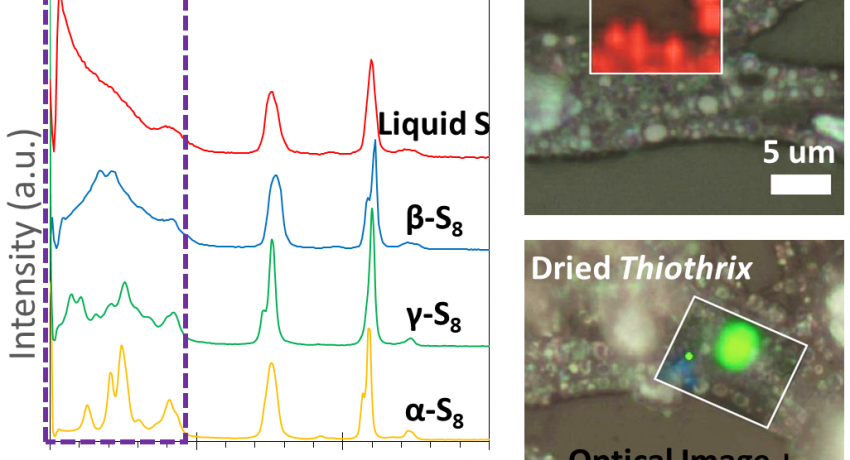Raman spectroscopy probes the vibrational modes of a material. This information is unique to chemical composition, the samples environment, phase, strain, orientation, and defects among many other factors.
If you would like to learn more about how Raman works, please visit the Raman Academy home page.
Low Frequency Raman (lattice modes) enables facile differentiation of sulfur allotropes found in both living and dried thiothrix.
Co-localized Raman/AFM enables identification of epitaxial graphene layer number using 2D band Full Width at Half Maximum (FWHM) and Kelvin Probe Force Microscopy (KPFM).
An in-depth look at Inelastic (Raman) Scattering - all the light you cannot see.
- Non-destructive acquisition of chemical bonding information.
- Mapping of chemical information from 10s of nm Tip Enhanced Raman Spectroscopy (TERS) to a few mm in X, Y and Z direction possible.
- Simultaneously acquire topographical information Atomic Force Microscopy (AFM) and chemical information (Raman/Photoluminescence (PL)).
Sample types: All except for samples with pure metallic bonding.
Requirements:
- Raman/PL measurements can be performed for solids, liquids and gases.
- Typical sample size is 100s of nm to 100s of µm, however we have sampling accessories that allow us to probe down to 10s of nm and up to ~1 m.
- Additional sample requirements vary widely depending upon the specific technique employed for analysis.
- Linkam Temperature/Environmental Stage (-196 to 550°C).
- Macro-Cuvette Holder.
- Signatone High Resolution Positioners.
| Lasers (nm) | ULLF (nm) | Gratings (gr/nm) | Polarizer | Other | |
|---|---|---|---|---|---|
| LabRAM HR "VlabiNIR" | 532, 644, 785, 1,064 | 532 633 |
150, 300, 600, 1800 | X | AFM, TERS, PL, micro-UV-Vis |
| LabRAM HR "Lucy" | 488, 532 | 488 532 | 100, 600, 1,800, 2,400, 3,600 | X | PL, micro-UV-Vis |
| Soleil | 532 | 600, 1,200, 1,800, 2,400 | PL, micro-UV-Vis | ||
| MacroRAM | 785 | 150 | Immersion Probe, Non-contact probe, Cuvette holder, Integrating sphere |





